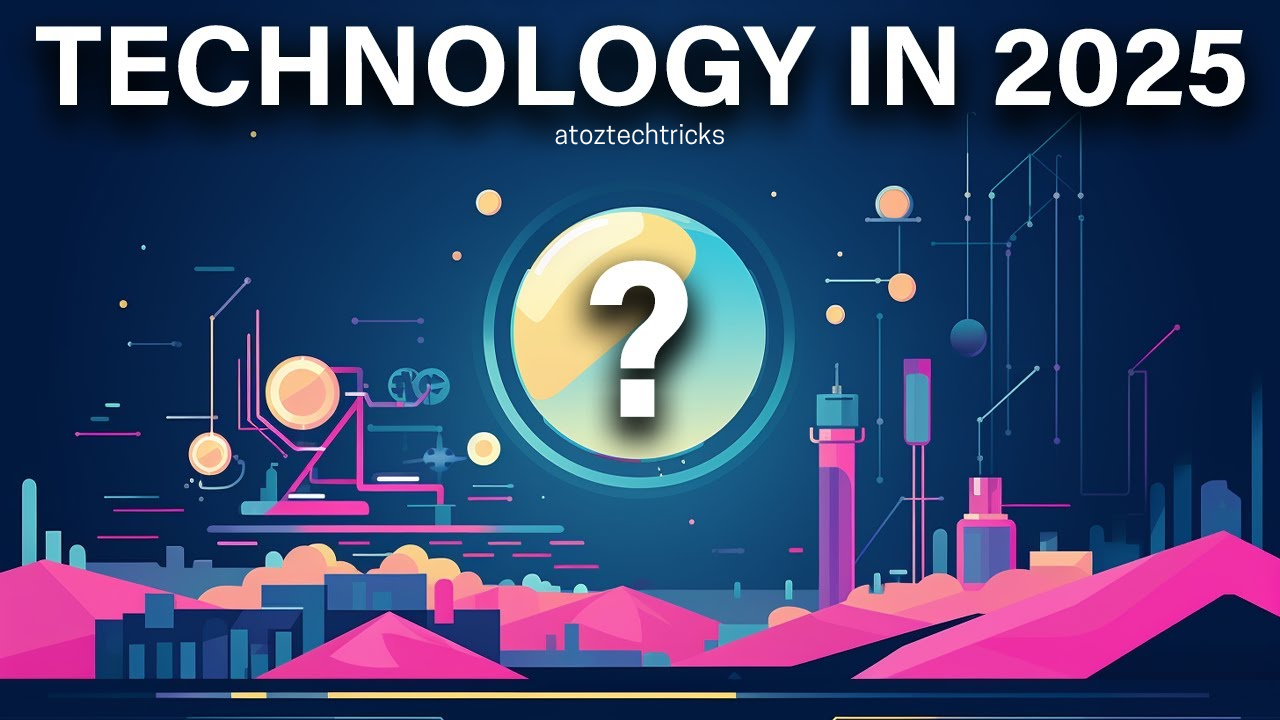The gaming industry is at the cusp of a revolution, driven by advancements in cloud technology. Cloud gaming, also known as game streaming, is set to redefine how we experience video games, promising greater accessibility and the potential to change the landscape of gaming gadgets. This article explores the implications of cloud gaming for the future of gaming devices, examining both the opportunities and challenges it presents.
What is Cloud Gaming?
Cloud gaming is a technology that allows players to stream games directly from servers in the cloud to their devices, eliminating the need for powerful local hardware. Instead of downloading and installing games, players can access and play them in real-time over the internet. This model is akin to streaming services like Netflix but for video games.
By leveraging the power of cloud computing, game streaming services can offer high-quality gaming experiences without the need for expensive consoles or gaming PCs. This technology democratizes access to games, allowing anyone with a stable internet connection to enjoy high-end gaming experiences.
How Cloud Gaming Works
Cloud gaming relies on a network of powerful servers to run games and stream them to users’ devices. Here’s a simplified breakdown of how it works:
- Server-Side Processing: Games are hosted and run on remote servers equipped with powerful hardware capable of rendering graphics and managing game physics.
- Real-Time Streaming: The gameplay video is streamed in real-time to the user’s device. The user sends input commands from their controller or keyboard to the server, which processes the input and updates the game accordingly.
- Low Latency Transmission: To ensure a smooth gaming experience, cloud gaming services use advanced data compression and transmission techniques to minimize latency—the delay between the user’s input and the game’s response.
- Device Independence: Because the heavy lifting is done on the server side, users can play high-quality games on a variety of devices, including low-spec PCs, tablets, and smartphones.
Benefits of Cloud Gaming
Cloud gaming offers several compelling benefits that are reshaping the gaming landscape:
- Accessibility: Players can access high-quality games on any device with an internet connection, removing the need for expensive gaming hardware.
- Cost Efficiency: By eliminating the need for powerful local hardware, cloud gaming reduces the cost barrier for high-end gaming experiences.
- Instant Play: Games can be played immediately without the need for lengthy downloads or installations, enhancing the user experience.
- Cross-Platform Play: Cloud gaming services allow for seamless gameplay across different devices, enabling a more integrated gaming ecosystem.
- Scalability: Cloud infrastructure can easily scale to handle large numbers of players, ensuring a smooth and consistent experience even during peak times.
Impact on Traditional Gaming Gadgets
Cloud gaming has significant implications for traditional gaming hardware, such as consoles and gaming PCs:
- Reduced Hardware Demand: With cloud gaming, the need for powerful, expensive hardware diminishes, potentially leading to a decline in sales of traditional gaming consoles and PCs.
- Shift to Peripherals: As the reliance on powerful local hardware decreases, there may be a greater emphasis on gaming peripherals like high-quality controllers, VR headsets, and other accessories that enhance the cloud gaming experience.
- New Business Models: Companies may shift from hardware-focused models to subscription-based services, providing access to a library of games for a monthly fee.
- Increased Focus on Internet Infrastructure: The performance of cloud gaming heavily depends on internet speed and stability, which may drive investments in better broadband infrastructure and 5G networks.
Future Trends in Cloud Gaming
As cloud gaming continues to evolve, several trends are emerging that will shape its future:
- Integration with AI: Artificial intelligence will play a crucial role in optimizing streaming quality and personalizing gaming experiences.
- Expansion of Game Libraries: As more publishers and developers adopt cloud gaming, the variety and quantity of games available will increase significantly.
- Enhanced VR and AR Experiences: Cloud gaming will enable more sophisticated and immersive VR and AR experiences by offloading complex processing to the cloud.
- Improved Cross-Platform Play: Enhanced support for cross-platform play will allow for more seamless and integrated gaming experiences across different devices.
- Growth in Emerging Markets: Cloud gaming’s low hardware requirements will make high-quality gaming accessible in emerging markets where expensive gaming hardware is less prevalent.
Challenges and Limitations
Despite its many advantages, cloud gaming faces several challenges that need to be addressed:
- Latency Issues: High latency can lead to lag, affecting the responsiveness and overall gaming experience, particularly in fast-paced games.
- Internet Dependence: A stable and fast internet connection is crucial for cloud gaming, which may be a barrier in regions with poor internet infrastructure.
- Data Consumption: Streaming games in high quality can consume significant amounts of data, which could be problematic for users with limited data plans.
- Content Licensing: Negotiating licenses for cloud-based games can be complex, potentially limiting the availability of certain titles on cloud gaming platforms.
- Security Concerns: Storing and streaming games from centralized servers poses security risks, including potential data breaches and hacking.
Major Players in Cloud Gaming
Several major companies are leading the charge in the cloud gaming space:
- Google Stadia: Google’s cloud gaming platform allows users to stream games on various devices, offering a growing library of games and a subscription model.
- Microsoft xCloud: Part of the Xbox Game Pass Ultimate subscription, xCloud enables users to stream a vast library of Xbox games to their devices.
- NVIDIA GeForce NOW: This service allows users to stream their existing PC game library from NVIDIA’s servers, providing high-quality gameplay on a range of devices.
- Sony PlayStation Now: Sony’s service offers streaming access to a wide selection of PlayStation games, playable on PlayStation consoles and PCs.
- Amazon Luna: Amazon’s cloud gaming platform offers a variety of games and integrates with other Amazon services, providing a seamless user experience.
How to Prepare for Cloud Gaming
As cloud gaming becomes more prevalent, here’s how you can prepare to make the most of this technology:
- Upgrade Your Internet: Ensure you have a fast and stable Internet connection to handle the demands of game streaming.
- Invest in Peripherals: High-quality controllers, headsets, and other peripherals can enhance your cloud gaming experience.
- Explore Subscription Options: Consider subscribing to cloud gaming services that offer a library of games and additional features that suit your gaming preferences.
- Stay Informed: Keep up with the latest developments in cloud gaming to take advantage of new features and improvements as they become available.
- Optimize Your Setup: Ensure your gaming environment is set up for optimal performance, including managing network traffic and reducing latency.
Cloud gaming is poised to revolutionize the gaming industry by making high-quality gaming experiences more accessible and affordable. It offers numerous benefits, from cost savings and instant access to games to a reduced need for powerful local hardware. However, challenges such as latency, internet dependency, and data consumption must be addressed to fully realize its potential.
The shift towards cloud gaming will likely lead to significant changes in the way we interact with gaming gadgets, with a growing emphasis on peripherals and internet infrastructure. As technology continues to advance, cloud gaming will play an increasingly central role in the gaming ecosystem, providing exciting opportunities for gamers and developers alike.



